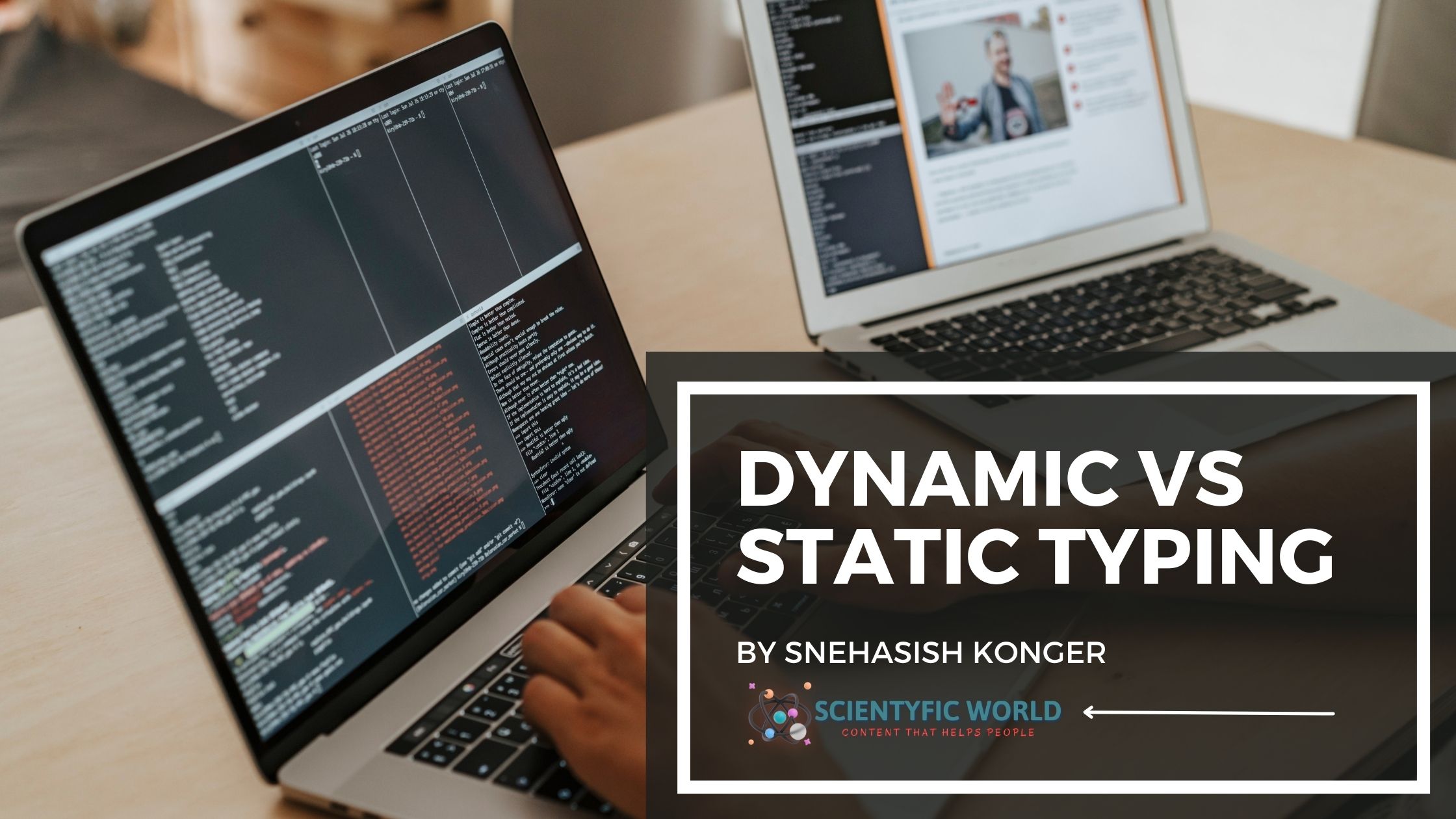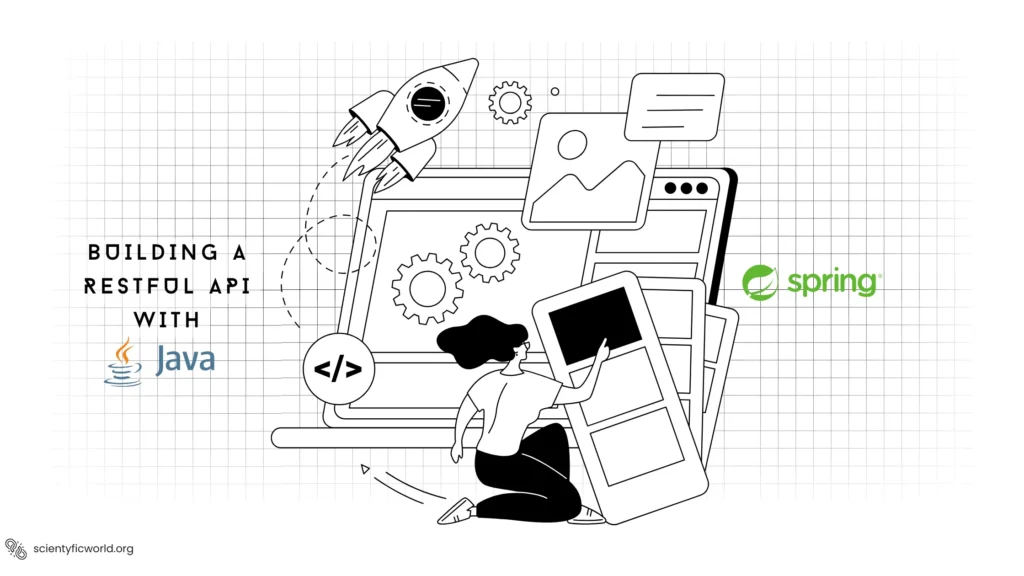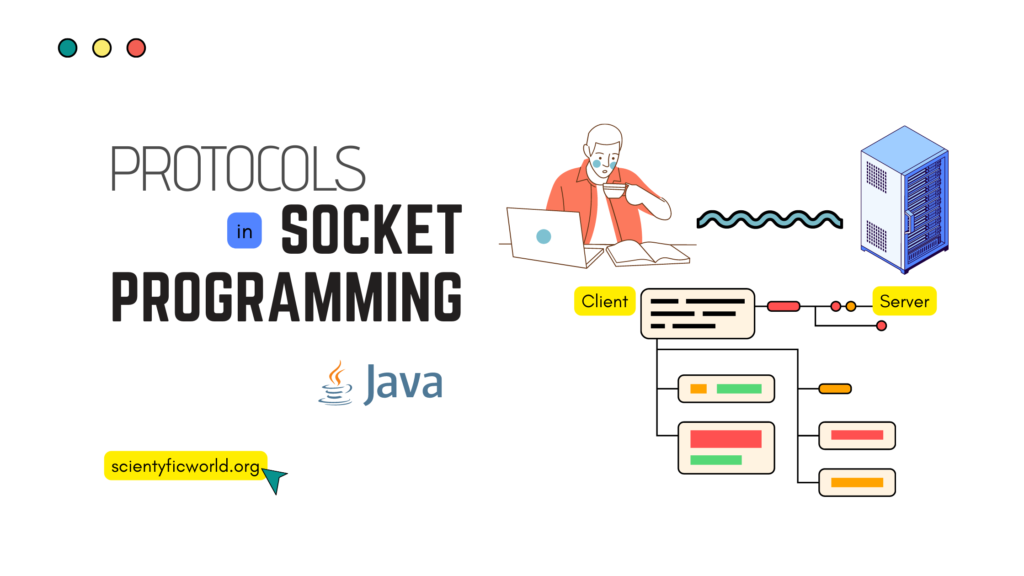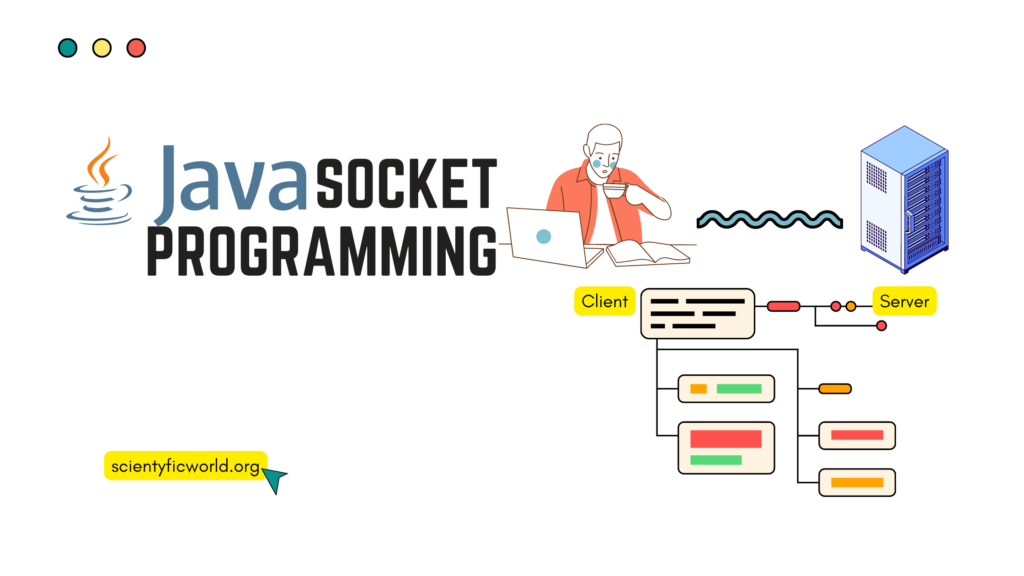Follow Us:
Dynamic Typing vs Static Typing | Which one is better Dynamic typing or Static typing?

Most programming languages can be broadly classified as either dynamic or static. The distinction between the two is one of the most fundamental in all of computer science, and it is important for any programmer to understand the pros and cons of each. So in this blog, we’re going to do”Dynamic Typing vs Static Typing”.
But first, let’s introduce both of them.
Dynamic Typing:
Dynamic typing is a type of type system in which type checking is performed at run time rather than at compile time. Programs written in dynamically typed languages can, therefore, exhibit type errors that would be avoided in statically typed languages.
Dynamic typing can be contrasted with static typing, where type checking is performed at compile time. In statically typed languages, type errors are usually caught by the compiler and programs will not run until the programmer fixes the errors. In dynamically typed languages, type errors are not caught by the compiler but may be caught at run time by type-checking code.
Dynamic typing can be further divided into two sub-categories:
Weak typing:
Where type errors are not always caught at run time and may even be allowed by the programming language. For example, in the C programming language, it is possible to convert an integer to a floating-point number without an explicit cast.
Strong typing:
Where type errors are always caught at run time. For example, in the Java programming language, converting an integer to a floating-point number without an explicit cast will result in a run-time error.
Dynamic typing can be advantageous because it allows for more flexibility in program design. For example, dynamic typing can be used to create programs that can be easily extended with new data types or that can work with data types that are not known at compile time.
Dynamic typing can also be disadvantageous because it can make programs more difficult to understand and debug. Static typing can help to catch type errors at compile-time, which can make programs easier to debug.
In general, dynamic typing is more commonly used in scripting languages and interpreted languages, while static typing is more commonly used in compiled languages.
Static Typing:
Static typing is the process of verifying the accuracy of data types in a program during compile time, as opposed to run time. Static typing helps improve the quality of a program by ensuring that data types are used consistently and correctly.
While dynamic typing can be more flexible, it can also lead to more errors. For example, if a variable is set to a string value in one part of the code, and then an integer value is set to that same variable in another part of the code, the program will not generate an error. However, if the string value is used in a place where an integer is expected, the program will likely generate an error.
Advantages of Static Typing:
One of the main advantages of static typing is that it can help to prevent errors in your code. This is because the type of a variable is known at compile-time, so the compiler can check that your code is using the variable in a consistent way.
This can be a big help when it comes to catching bugs early on in the development process. It can also make it easier to refactor code, as you can be confident that the type of a variable won’t change unexpectedly.
Another advantage of static typing is that it can make your code easier to understand. This is because the type of a variable can give you some information about what it is used for. For example, if you see a variable of the type String, you can be pretty sure that it is used to store text data.
This can be helpful when you are reading code that you are not familiar with, as it can give you a better idea of what is going on. It can also make it easier to write code that is self-documenting, as the types can act as a form of documentation.
Finally, static typing can make your code run faster. This is because the compiler can often optimize code better when it knows the types of variables in advance. This is particularly true for primitive types like numbers and Booleans.
Of course, there are also some disadvantages to static typing. One of the main ones is that it can make your code more verbose. This is because you have to write out the types of variables when you declare them.
This can make your code harder to read and understand, and it can also make it take longer to write. Another downside is that static types can sometimes be too restrictive.
Disadvantages of Static Typing:
Static typing is the practice of designating a specific data type to each variable in a program, typically at compile time. This approach offers several advantages over dynamic typing, including more reliable code and improved performance. However, static typing also comes with a few disadvantages, which may make it less ideal for some programming tasks.
One disadvantage of static typing is that it can make code more verbose. For example, in a statically typed language, each variable must be declared with a specific data type. This can make the code more difficult to read and understand, especially for complex programs.
Another downside of static typing is that it can make code more difficult to change and maintain. This is because changing the data type of a variable can require changing the type of all the values that are assigned to that variable. This can be a time-consuming and error-prone process.
Lastly, static typing can lead to slower execution times. This is because the compiler must do more work to check the data types of all the variables in the program. In some cases, this extra work can outweigh the benefits of more reliable code and improved performance.
Overall, static typing has its advantages and disadvantages. Whether or not it is the best approach for a particular programming task depends on the specific needs of the project.
Well, now we have complete knowledge about both dynamic typing and static typing. Now its the time to compare both.
Dynamic Typing vs Static typing:
Dynamic Typing:
With dynamic typing, variables are not bound to any specific data type. This means that you can reassign a variable to a different data type later on in your program. Dynamic typing is often used in Python and other interpreted languages.
Static Typing:
With static typing, variables are bound to a specific data type. This means that you cannot reassign a variable to a different data type later on in your program. Static typing is often used in C and other compiled languages.
So, that is it for this blog. We’ve discussed what is dynamic typing, what is static typing with their advantages and disadvantages and finally did “Dynamic Typing vs Static typing”.
Now,
Which approach is better? That depends on your needs. If you need flexibility, dynamic typing might be the way to go. If you need speed and safety, static typing might be a better choice.
And if you like comparison blogs then also read- “Compiler vs Interpreter“



